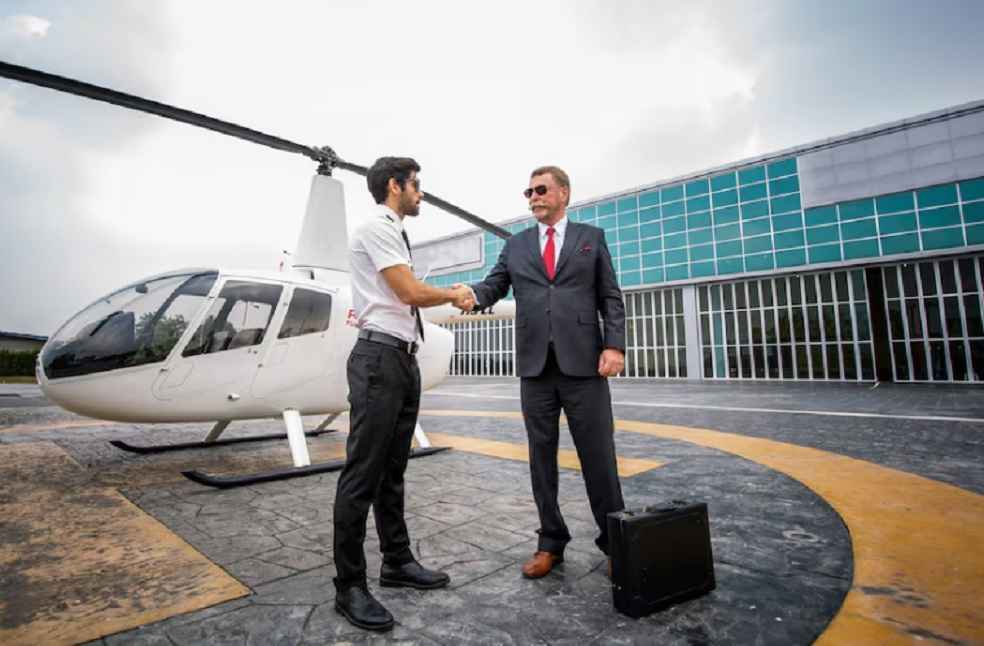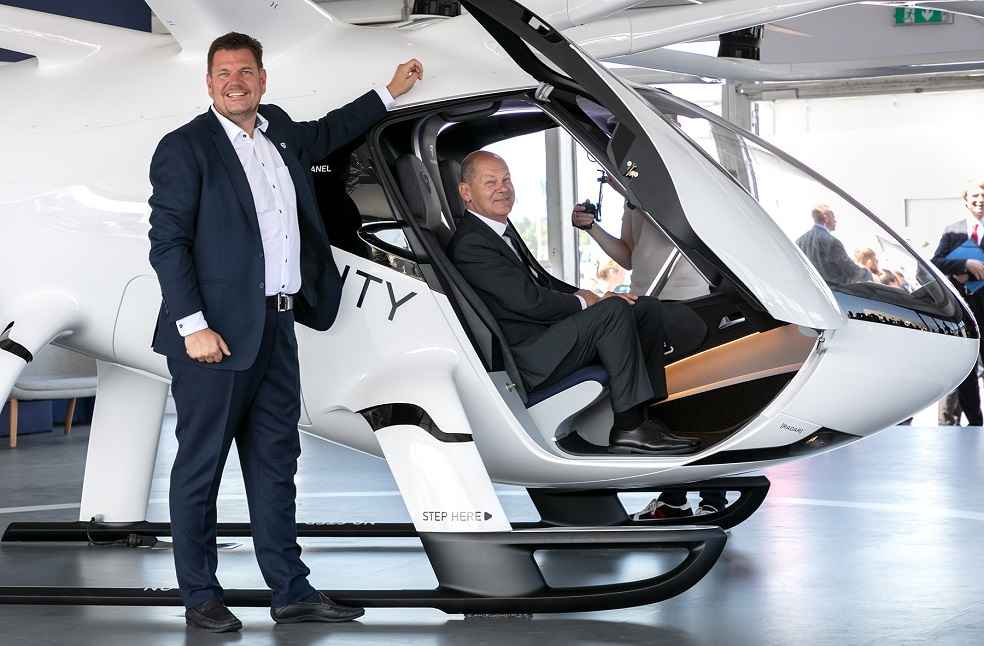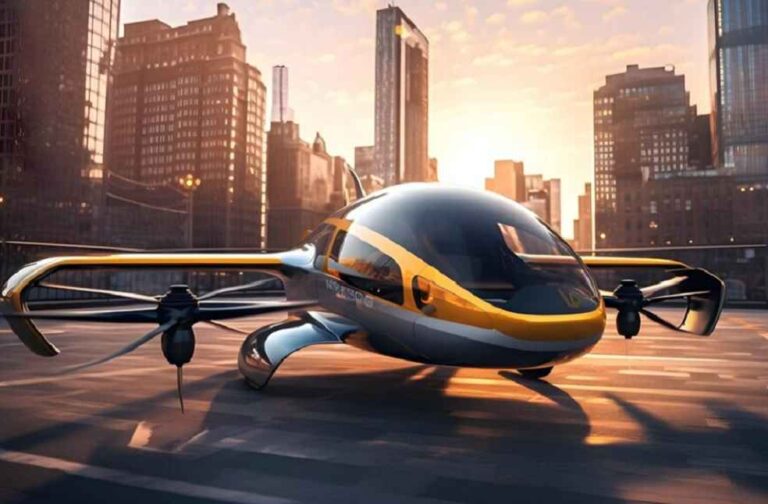The global air taxi market is a nascent but rapidly evolving sector, poised for significant growth in the coming years. It represents the convergence of aviation and urban mobility, offering a potential solution to traffic congestion and environmental concerns. The nascent electric air taxi market is rapidly evolving, offering a potential solution to traffic congestion and environmental concerns through the convergence of aviation and urban mobility. These eVTOL (electric vertical takeoff and landing) aircraft, designed for short flights, leverage advancements in battery, motor, and controller technology to provide an alternative mode of transportation.
While initially promoted by NASA in 2001 and revived as personal air vehicles in 2016, the technology has seen significant progress in recent years. Power electronics advancements have improved efficiency and reliability, reducing energy consumption and operational costs. However, high upfront costs remain a significant challenge for small start-ups, potentially hindering market competition and innovation.
Current Status

- Market Size: The market size was valued at USD 4.9 billion in 2023 and is expected to grow exponentially. Estimates vary, but some projections forecast it to reach USD 80.33 billion by 2033, exhibiting a compound annual growth rate (CAGR) of 32.27%.
- Key Players: Major players in the market include established companies like General Motors, Hyundai, Boeing, Airbus, and Toyota, as well as startups like Archer, Joby Aviation, and Lilium.
- Technological Advancements: Significant progress has been made in battery technology, electric propulsion systems, and autonomous flight capabilities, making electric air taxis increasingly viable.
- Regulatory Landscape: Governments and aviation authorities worldwide are developing regulatory frameworks for electric air taxis, addressing safety, air traffic management, and certification.
Expectations and Trends
- Exponential Growth: The market is expected to experience exponential growth in the coming decade, driven by increasing urbanization, traffic congestion, and demand for sustainable transportation solutions.
- Urban Air Mobility: Electric air taxis are envisioned as a key component of urban air mobility (UAM) networks, providing on-demand air transportation for short-haul intra-city and inter-city travel.
- Technology Evolution: Continued advancements in battery technology, autonomous flight, and air traffic management systems will play a crucial role in the market’s development.
- New Business Models: The emergence of electric air taxis is likely to create new business models, including ride-sharing platforms, air taxi services, and infrastructure development.
- Sustainability Focus: Electric air taxis are viewed as a more sustainable alternative to traditional helicopters and airplanes, with the potential to reduce carbon emissions and noise pollution.

Challenges
- Safety: Ensuring the safety of electric air taxis is paramount. Rigorous testing and certification processes are necessary to build public trust.
- Infrastructure: Developing the necessary infrastructure, including vertiports and charging stations, is a significant challenge for the widespread adoption of electric air taxis.
- Cost: Initially, electric air taxis may be expensive, making them accessible only to a limited segment of the population. Cost reduction over time will be essential for wider adoption.
Electric Air Taxi Production Cost
- Low End: EHang, a Chinese manufacturer, has announced a price of $330,000 for its EH216-S two-seater autonomous eVTOL.
- Mid-Range: Some companies estimate production costs in the range of $1 million to $2.5 million per unit, with the potential to decrease over time with increased production.
- High End: For more complex and larger eVTOLs, estimates can go up to $4 million or more per unit.
Travel Cost Estimates

- Per Mile: Some projections suggest a cost of $3.30 per passenger per mile, while others estimate it could be as low as $1 per mile in the future.
- Per Flight: For a hypothetical 30-mile flight, estimates range from $110 to $330 per passenger, depending on the factors mentioned above.
The global electric air taxi market is at a nascent stage but holds immense promise. The convergence of technological advancements, regulatory progress, and growing demand for sustainable transportation is driving this market forward. While challenges remain, the potential for electric air taxis to revolutionize urban transportation is undeniable.
RELATED | Dubai Air Taxi: New Travel Revolution to Begin in 2025





